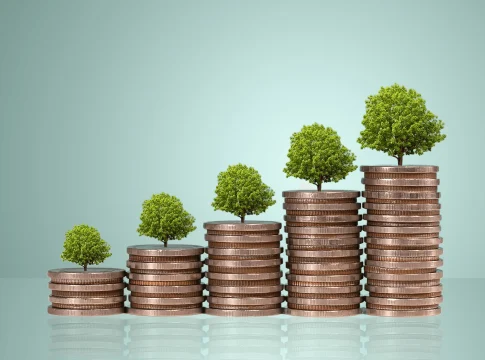Understanding High-Yield Savings Accounts: What You Need to Know
When it comes to saving your money, choosing the right type of account is crucial. High-yield savings accounts (HYSAs) can offer attractive interest rates, but they come with their own set of rules and restrictions that you should be aware of.
The Fine Print: Restrictions on HYSAs
HYSAs often have limitations that can affect how you use your savings. Here are some key points to consider:
- Withdrawal Limits: Many high-yield accounts only allow a certain number of withdrawals or transactions each month. Exceeding these limits could lead to fees or account restrictions.
- Minimum Deposit Requirements: Some banks require an initial deposit to open an account. Make sure you know what this amount is to avoid any surprises.
- Balance-Based APY: The annual percentage yield (APY) might vary based on your account balance. You’ll often find better rates if you maintain a higher balance.
While high-yield accounts are frequently found online and may not have physical branches, traditional savings accounts—often offered by local banks and credit unions—can sometimes yield competitive rates. These institutions might also be more accessible for in-person transactions.
The Impact of the Federal Reserve Rate
One of the most significant factors influencing HYSA rates is the Federal Reserve’s benchmark federal-funds rate, commonly known as the Fed rate. Here’s how it works:
- Rate Hikes: When the Fed raises its rate, savings yields typically rise too. This means better returns on your savings.
- Rate Cuts: Conversely, when the Fed lowers its rate, yields tend to drop. This could lessen the returns you earn on your savings.
Since the Fed meets eight times a year to discuss and adjust its rates, it’s essential to keep an eye on these announcements if you want to maximize your savings.
Tips for Choosing the Right Account
- Research Different Options: Don’t just settle for the first account you find. Compare the rates and terms of both high-yield and traditional savings accounts to find the best fit.
- Read the Terms Carefully: Before committing, make sure you understand any restrictions or fees that may apply to the account.
- Watch the Fed Rates: Staying informed about changes to the Fed rate can help you anticipate fluctuations in your account’s yield.
By knowing what to look for, you can make a more informed choice about where to park your money. Whether you opt for a high-yield savings account or a traditional one, being aware of these factors can help you ensure your savings are working as hard as possible for you. Happy saving!

Writes about personal finance, side hustles, gadgets, and tech innovation.
Bio: Priya specializes in making complex financial and tech topics easy to digest, with experience in fintech and consumer reviews.

